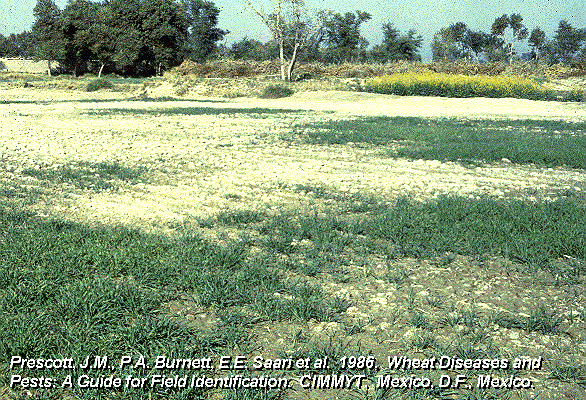| HOME | Links | More news | Gallery | Site Map | Search in Google | Search in CrocusBank | Contact us |
|
|
||||
|
8. Response to stress (part of WP-05) a) Evaluation for salt stress The work aims to individuate landraces and/or wild genotypes of interest for utilising in marginal areas characterised by soil salinity and develop local communities. A core collection of Crocus spp. of about 100 accessions (o more) will be evaluated in different soil salinity levels. 120 corms per accession of about 2- 3 g weight will be planted in containers (10 x 1.2 m ) in protected conditions and will be irrigated with nutrient solutions with different doses of salt (by addition of 0, 1.5 and 3.0 g l -1 of NaCl). The experimental design is factorial; salt dose represent the main factor and the accession the secondary one. The substrate utilised will be peat and perlite (1:1 in volume). The corms will be “seeded” at single row at 30 cm between rows and 10 cm along the row. The corms will be kept in the substrate indefinitely. For each plant will be registered the date of the first flower in anthesis, the number of flowers harvested per plant, fresh and dry style weight. Sample of dried styles will be send to chemical research unit to analyse the main qualitative compounds. |
 |
| Implementation | |
| This task will be carried out by Partner 6. | |
| b) Pathogenesis response | |
The work intend to check Crocus accessions against fungi that have been reported as saffron pathogens in different geographic areas: Fusarium monliforme (corm rot, Kashmir), Rhizoctonia crocorum [sin. R. violacea] (violet root rot in Greece and Spain) , Phoma crocophyla (Spain), Fusarium oxysporum f. sp . gladioli (Italy), F. oxysporum f.sp. tuberosi (Spain), Penicillium cyclopium (Italy), Burkholderia gladioli (soft rot, Argentina ), amongs others. The final objective is no find genetic resistances against these pathogens in saffron cultivars or Crocus genotypes. A Crocus spp. collection of about 50-100 accessions will be evaluated. The infections of plant material will be performed using 10 6 /ml fungal zoospores during 72 h. Treatment solutions will be diluted in 0.1 % Tween 80 from 1 mM stock solutions prepared in water and then applied on healthy roots. The number of infected corms in each accession will be determined by presence of brown to dark brown sunken and irregular patches below the corm scales. Rot lesions are usually 1 mm deep having raised margins. The rot symptoms are mostly located in root and bud regions. In severe cases the entire corm turns into black powdery mass outer fibrous scales in position. In some corms white or yellowish white fungal mass is observed. |
|
| Implementation | |
| This task will be carried out by Partner 0. | |